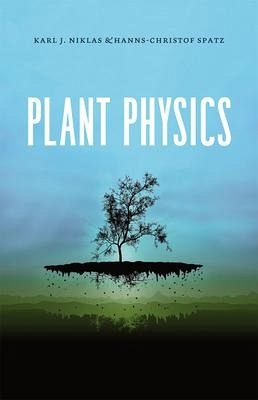
Plant Physics
Versandkostenfrei!
Versandfertig in über 4 Wochen
45,99 €
inkl. MwSt.

PAYBACK Punkte
23 °P sammeln!
For centuries, botanists and physicists have mutually benefitted from collaborations. Galileo used the hollow stalks of grass to illustrate the idea that peripheral rather than centrally located construction materials provide most of the resistance to bending forces. Leonardo da Vinci s interest in fluid mechanics was inspired by observing the cross-sectional areas of tree trunks, and his drawings illustrating the concept of a parachute and an auto-gyroscopic propeller are alleged to be based on his study of the dandelion s pappus and the maple tree s samara. "Plant Physics"explores the contem...
For centuries, botanists and physicists have mutually benefitted from collaborations. Galileo used the hollow stalks of grass to illustrate the idea that peripheral rather than centrally located construction materials provide most of the resistance to bending forces. Leonardo da Vinci s interest in fluid mechanics was inspired by observing the cross-sectional areas of tree trunks, and his drawings illustrating the concept of a parachute and an auto-gyroscopic propeller are alleged to be based on his study of the dandelion s pappus and the maple tree s samara. "Plant Physics"explores the contemporary insights that emerge when plants are studied with the aid of physics, mathematics, engineering, and chemistry. It starts with such fundamental topics as the importance of plant life, the relationship between organic form and function, plant reproduction and development, the importance of multicellularity, and the developmental basis of the basic plant body plans. The work then explores how fundamental physical principles and processes affect plant growth and ecology. Specific topics addressed include plant water relations, solid and fluid mechanics, electrophysiology, and optics in relation to plant form, function, and ecology. Written by one of the world s best known botanists, it is destined to inspire students and professionals alike to traverse disciplinary membranes."




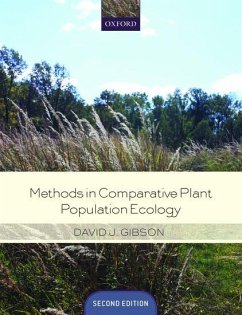

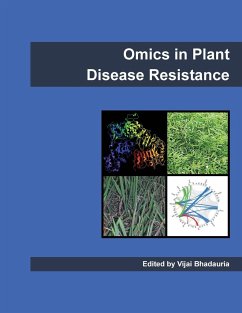
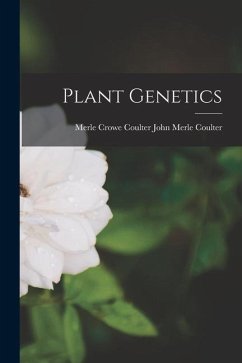

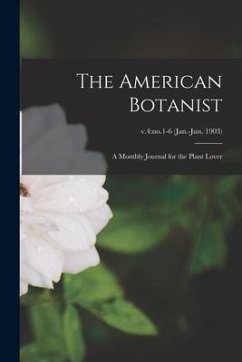

![First Studies of Plant Life [microform] Cover First Studies of Plant Life [microform]](https://bilder.buecher.de/produkte/65/65598/65598365n.jpg)
